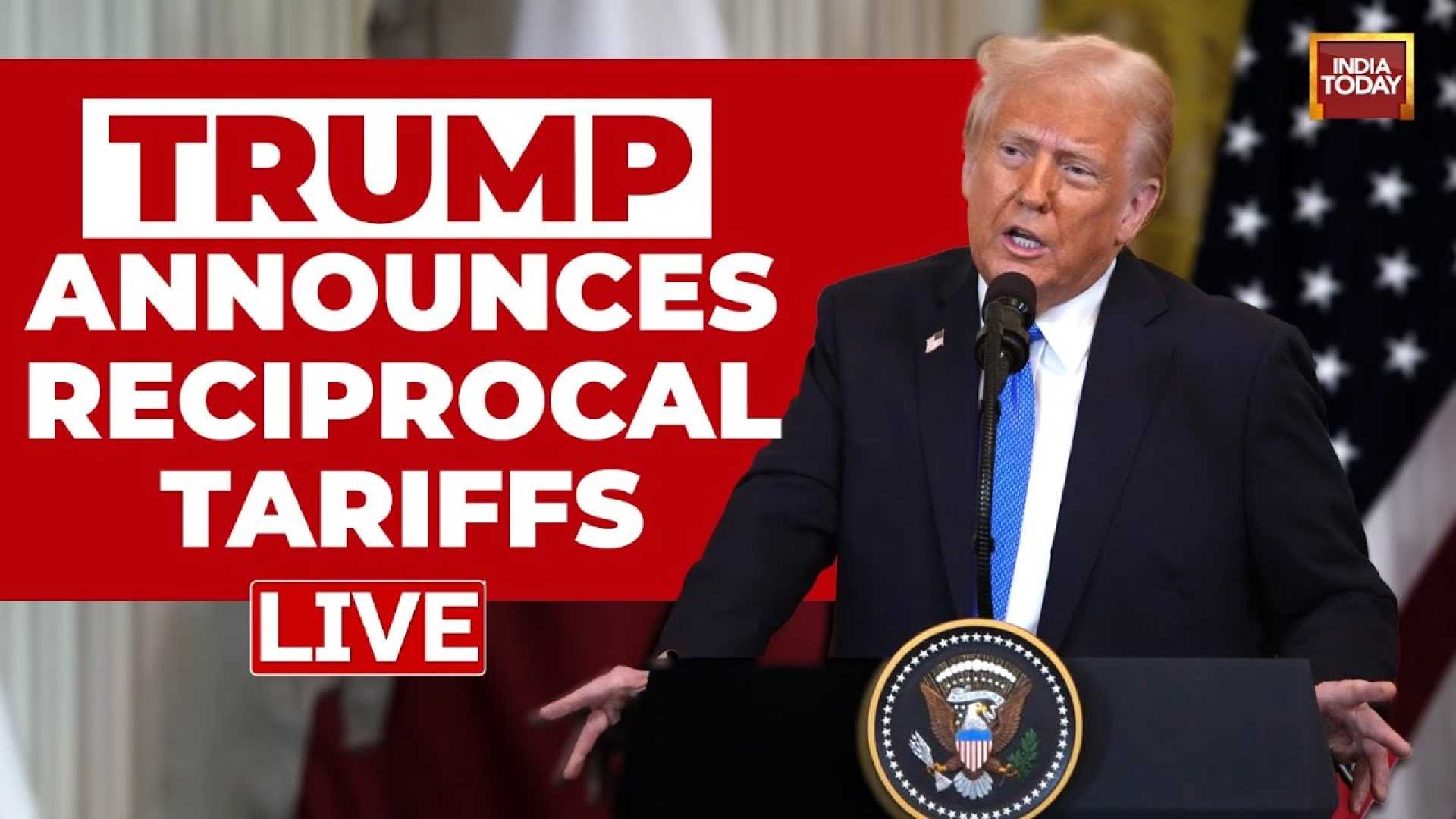Business
Trump Unveils Aggressive Tariff Plan Amid Economic Uncertainty

WASHINGTON (AP) — President Donald Trump is set to officially announce on Monday a 25 percent tariff on steel and aluminum imports as part of a comprehensive effort to reshape U.S. trade policy. The announcement is expected to further complicate economic uncertainties that voters are already grappling with as inflation concerns rise.
Trump’s tariff plan, which follows a previous 10 percent tax on Chinese imports, aims to level the playing field for American manufacturers by increasing import costs. The tariffs come as the president also plans to align U.S. import taxes with those of other countries, intensifying a trade stance that could invite retaliatory measures from affected nations.
“Our tariffs will make U.S. factories more competitive, and in the long run, consumers will benefit,” Trump said in an address. However, economic analysts warn that the immediate impact may only heighten inflation risks for American families. Benn Steil, the director of international economics at the Council on Foreign Relations, stated, “The costs to the U.S. will include higher prices to U.S. consumers, retaliatory tariffs abroad, and the loss of U.S. jobs.”
The move arrives during a sensitive economic period that has already seen consumers anxious over rising prices. Recent data from the University of Michigan indicated that consumer expectations for inflation in the coming year surged from 3.3 percent to 4.3 percent. Economists predict that a government report due Wednesday will show consumer prices rising at an annual rate of 2.8 percent.
While steel companies saw their stock prices jump in anticipation of tariffs boosting profits, industries reliant on these materials experienced declines. Companies such as General Motors suffered, reflecting concerns about increased production costs affecting the manufacturing sector, which Trump has vowed to revitalize. Erica York, vice president of federal tax policy at the Tax Foundation, noted, “The advantage created for the producers comes at a much greater cost to downstream users.”
Trump’s tariffs are further complicated by ambiguity regarding their implementation. Recent statements aboard Air Force One raised questions among trade experts about whether the proposed tariffs would add to existing ones or be considered a universal tax moving forward. “The details are going to matter a lot,” said Scott Paul, president of the Alliance of American Manufacturing.
In addition to the steel and aluminum tariffs, Trump employed the International Emergency Economic Powers Act to issue tariffs as part of a national security response to perceived threats from foreign imports. This unprecedented application of existing law has sparked legal debates and concerns about economic consequences.
As other nations eye retaliation, Canada has already suggested its own countermeasures. At the same time, China‘s response includes tariffs on select U.S. goods, indicating that the global market is on edge about the prospects of an escalating trade conflict.
Following extended negotiations, Trump has paused tariffs on Canadian and Mexican goods for 30 days, allowing time for diplomatic discussions on border security and drug trafficking. The outcome remains to be seen, but economic analysts remain watchful as developments unfold.












